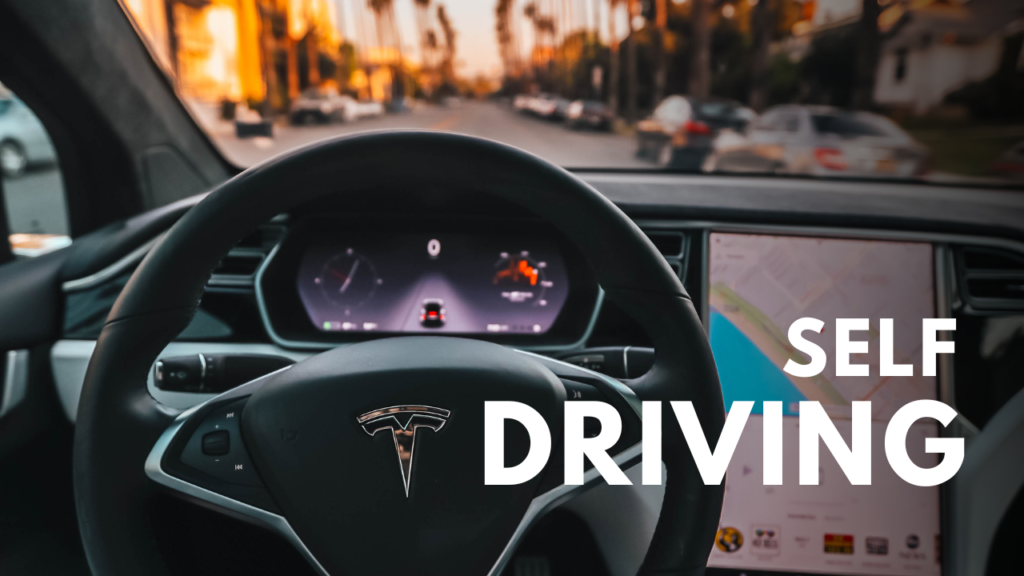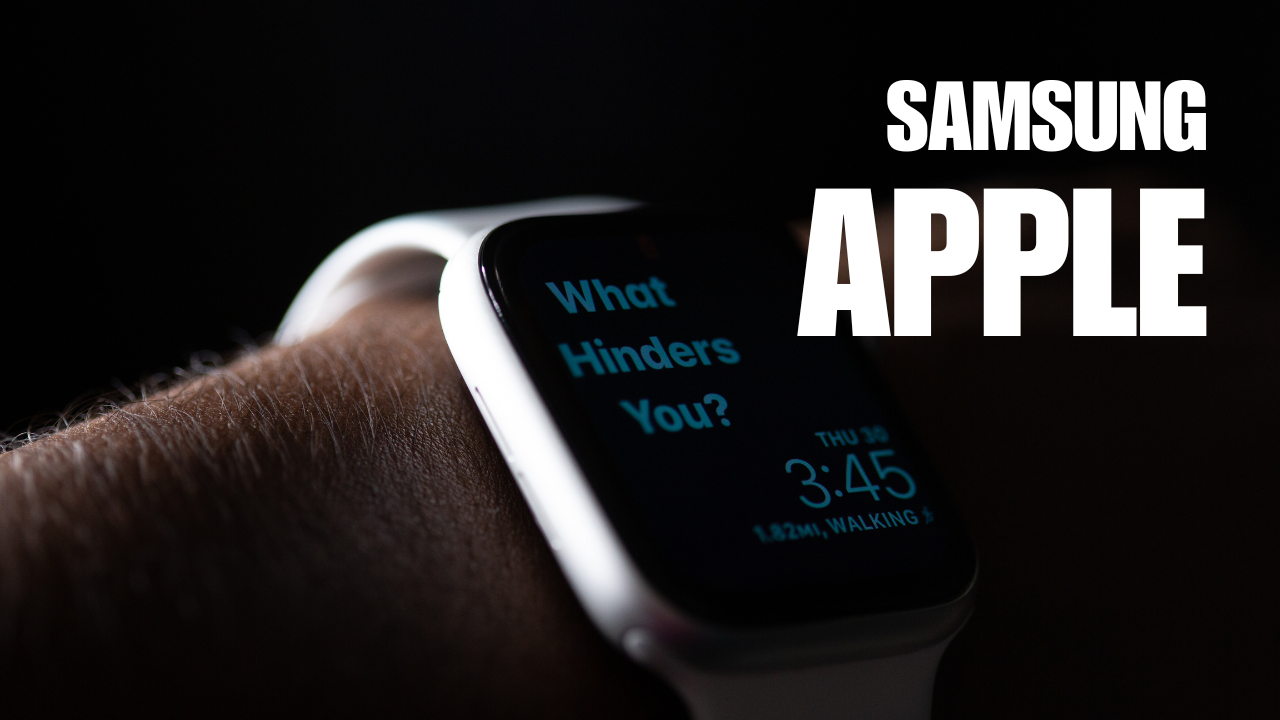
SEO Meta Description: Discover how Tesla’s Self-Driving Tech is transforming the auto industry with its innovative features, safety advancements, and the future of autonomous driving.
Slug: tesla-self-driving-tech-changing-auto-industry
In recent years, Tesla’s Self-Driving Tech has become a focal point of discussion in the automotive world. Tesla, known for its electric vehicles, has also made headlines for its advancements in autonomous driving. While many automakers have explored self-driving technologies, Tesla’s Self-Driving Tech stands out for its ambitious goals and rapid progress. But how exactly is Tesla’s Self-Driving Tech reshaping the auto industry? Let’s dive into the evolution, impact, and future of this game-changing technology.
The Evolution of Tesla’s Self-Driving Technology
Early Developments in Autonomous Vehicles
Tesla’s venture into self-driving cars began with the introduction of Autopilot in 2015. Initially, the
technology was designed to assist drivers with basic functions, such as maintaining speed, steering, and lane-keeping. Tesla’s vision for Self-Driving Tech was ambitious, aiming to eventually achieve full autonomy, where the car would drive itself without any human intervention.
Milestones in Tesla’s Journey
The journey of Tesla’s Self-Driving Tech saw several milestones. In 2016, Tesla introduced the “Autopilot 2.0” hardware, which laid the groundwork for Full Self-Driving (FSD). By 2020, Tesla had rolled out its Full Self-Driving beta to selected drivers, marking a significant leap forward. Despite some controversies, Tesla’s commitment to autonomous driving has continued, with regular software updates enhancing its Self-Driving Tech.
Tesla’s Approach to Autonomous Driving
What sets Tesla apart in the realm of autonomous driving is its approach to relying on cameras and sensors instead of LIDAR (Light Detection and Ranging) systems. This approach allows Tesla to gather real-time data, feeding it into an AI neural network that continuously learns and improves the system’s performance.
Tesla’s Self-Driving Capabilities
Autopilot vs. Full Self-Driving
Tesla offers two main autonomous driving options: Autopilot and Full Self-Driving (FSD). Autopilot is the basic system that handles tasks like steering, accelerating, and braking within certain limits. In contrast, Tesla’s Self-Driving Tech Full Self-Driving package includes features like automatic lane changing, Smart Summon, and Navigate on Autopilot, which enables the vehicle to drive itself on highways with minimal human input.
Key Features
Tesla’s Self-Driving Tech is equipped with several key features, including:
Navigate on Autopilot: The vehicle can drive itself from on-ramp to off-ramp on highways.
Auto Park: Automatically parks the car in parallel or perpendicular spots.
Smart Summon: The car can navigate parking lots to find and pick up the driver.
Autosteer: Assists in steering the car while maintaining the lane.
These features are constantly refined through software updates, making Tesla’s Self-Driving Tech one of the most advanced on the market.
Tesla’s Unique Approach
Unlike many competitors who use a combination of cameras, radar, and LIDAR, Tesla’s Self-Driving Tech relies predominantly on cameras. Tesla’s vast fleet of vehicles also serves as a data-gathering tool, continuously improving the system through machine learning.
How Tesla’s Technology Works
The Role of Artificial Intelligence in Self-Driving Cars
At the core of Tesla’s Self-Driving Tech is artificial intelligence (AI). Tesla uses machine learning to enhance the capabilities of its self-driving cars. The cars are constantly learning from real-world data, allowing the AI to adapt to new situations, such as varying road conditions, different driving styles, and changes in traffic patterns.
Tesla’s Neural Network and Data Collection Process
Tesla’s neural network processes vast amounts of data gathered from its fleet of vehicles. Every time a Tesla car is on the road, it collects data about its surroundings, which is sent back to Tesla’s servers for analysis. This data is used to improve the car’s performance, helping Tesla’s Self-Driving Tech become smarter over time.
Machine Learning in Tesla’s Self-Driving Tech
Machine learning enables Tesla’s Self-Driving Tech to understand complex environments and make decisions in real-time. Whether it’s avoiding an obstacle, navigating through traffic, or adjusting speed for road conditions, Tesla’s machine learning system is key to achieving full autonomy.
The Impact on the Auto Industry
Disruption of Traditional Car Manufacturers
Tesla’s Self-Driving Tech has disrupted the auto industry by challenging traditional manufacturers to accelerate their own autonomous vehicle development. The success of Tesla’s self-driving technology has forced competitors to rethink their strategies, with companies like GM, Ford, and Volkswagen increasing investments in autonomous driving technologies.
Competition and Innovation Sparked by Tesla’s Technology
Tesla’s innovation in Self-Driving Tech has sparked a wave of competition and progress in the automotive world. Other automakers and tech companies, including Google’s Waymo, are now pushing to develop their own autonomous driving systems to compete with Tesla’s leading-edge capabilities.
Changing Automotive Production Methods
The development of Tesla’s Self-Driving Tech is also influencing how cars are designed and manufactured. The shift to autonomous driving is leading to changes in car design, as manufacturers incorporate more sensors, cameras, and AI systems into their vehicles.
Safety and Regulatory Concerns
Tesla’s Safety Record with Autopilot and FSD
Tesla’s Self-Driving Tech has been praised for its safety features, particularly in its ability to prevent accidents. However, there have been concerns regarding crashes involving Tesla’s Autopilot system. Tesla argues that its system, while still in development, is safer than traditional driving when used properly.
Accidents and Controversies
Despite its advancements, Tesla’s Self-Driving Tech has been involved in several high-profile accidents, some of which have led to fatalities. Critics argue that Tesla’s marketing of the technology might lead drivers to overestimate the system’s capabilities. Tesla, on the other hand, points out that the accidents involved drivers who were not fully engaged with the system.
Regulatory Hurdles and Government Oversight
Governments around the world are grappling with how to regulate Tesla’s Self-Driving Tech. While some countries have embraced autonomous vehicles, others are more cautious, requiring extensive testing and certification before allowing widespread deployment. The regulatory environment remains a challenge for Tesla as it continues to refine its Self-Driving Tech.
The Role of Tesla in Shaping the Future of Transportation
Tesla’s Vision for the Future of Mobility
Tesla’s ultimate goal with Self-Driving Tech is to revolutionize transportation. Elon Musk envisions a future where autonomous vehicles reduce traffic, accidents, and even carbon emissions. In the long term, Tesla’s Self-Driving Tech could play a crucial role in creating a more sustainable, efficient, and safer transportation ecosystem.
Potential for Reduced Traffic and Accidents
One of the major promises of Tesla’s Self-Driving Tech is the potential for reducing traffic accidents. Autonomous vehicles are less likely to be involved in accidents caused by human error, such as speeding, distracted driving, or impaired driving.
Influence on Broader Transportation Trends
Beyond personal vehicles, Tesla’s Self-Driving Tech could shape the future of shared transportation, such as robotaxis. These vehicles could provide an affordable, eco-friendly alternative to traditional car ownership, offering convenience while reducing the environmental impact of transportation.
Conclusion
Tesla’s Self-Driving Tech is revolutionizing the auto industry in ways that were once considered science fiction. As Tesla continues to innovate and refine its autonomous driving capabilities, it is pushing the boundaries of what’s possible in the automotive world. From its cutting-edge AI and machine learning technologies to its role in reshaping transportation, Tesla is truly leading the way toward a more autonomous, sustainable, and safer future.
With continued advancements and public acceptance, Tesla’s Self-Driving Tech may soon become a ubiquitous feature on our roads, transforming the way we think about transportation. The journey is far from over, and the potential for Tesla’s Self-Driving Tech to reshape the future of mobility is immense.










